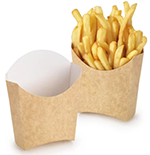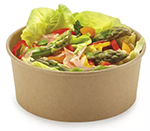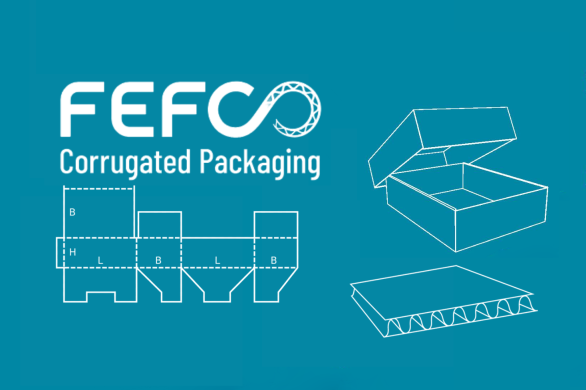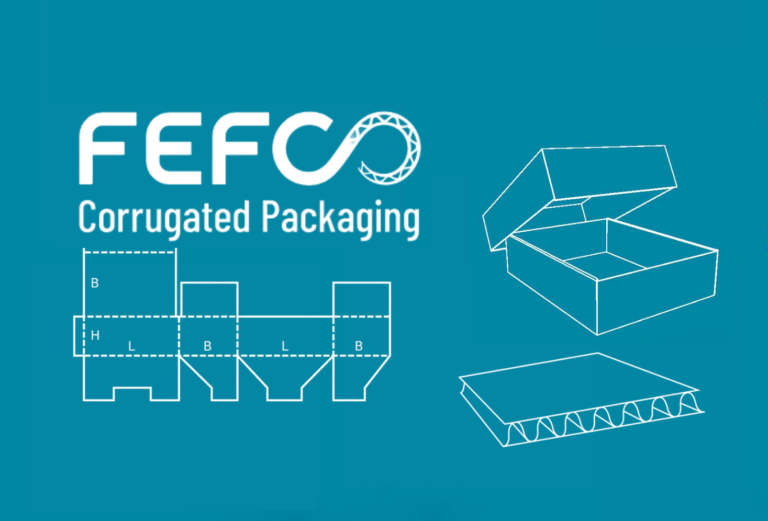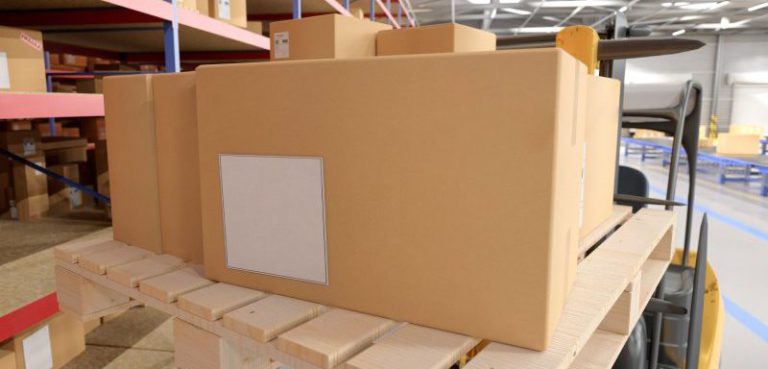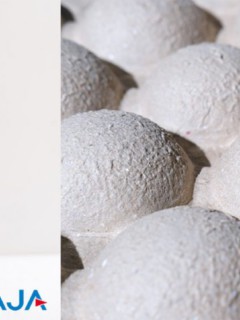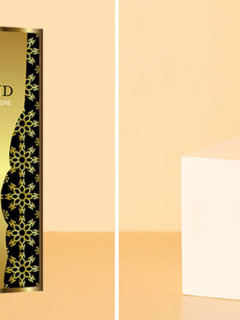Unpacking purchased products is a special experience for all customers. Whether in e-commerce or in stationary trade: the packaging design plays a decisive role in the shopping experience.
This is also supported by so-called “unboxing” videos, which have become an internet phenomenon in recent years. “Unboxing videos are relatively self-explanatory: a product is bought and unpacked in front of a running camera. Often there is not even a person in the video. The focus is clearly on the unpacking of the product and the comments on it. These videos are so popular that they reach a large audience of several thousand to several million viewers on YouTube. You give your customers unforgettable unboxing moments when all their senses are involved. A well-fitting, deep black slip lid box slides apart with slight resistance and an audible sound? Super! Here, optics, haptics and acoustics are in harmony.
Appeal to many senses with tissue paper for packaging
With tissue paper for packaging, you appeal to several senses in a single product. Tissue paper has a velvety feel, the soft yet rough structure makes for a pleasant sound – and on top of that, tissue paper for packaging also enhances the appearance of your packaging. Tissue paper for packaging is available in so many different colours that you can achieve exactly the look you want for your products. Noble in gold or white? Rainbow-coloured? Or even individually printed?
Protect your products with tissue paper for packaging
A real all-rounder: tissue paper can be used not only for packaging, but also for padding and filling cavities. The structure and texture of the paper, which is made of cellulose, ensures that you can easily wrap objects with the tissue paper sheets – the tissue paper for packaging is soft and adapts to any shape – but at the same time you can crumple the tissue paper: It will only crack slightly and otherwise keep its shape. Tissue paper is therefore not only excellent for packaging, but also for visually attractive padding and fixing inside a box, bag or shipping package.
Where does tissue paper come from?
There are different accounts of the origins of paper. There are finds that can be dated to around 140 BC and descriptions of the manufacture of paper dating from around 100 AD. However, the official date for the invention of paper is 105 A.D. This is the year when the process of paper production known today was first mentioned. However, historians are certain about one thing: the origin of paper lies in China.
It was there that the triumphant advance of paper began. In the course of time, an unbelievable variety developed. The thick paper that was originally used for packaging, for example, developed into today’s tissue paper for packaging. Overall, product packaging and the transport of goods gained in importance for companies and the global economy. Due to its characteristically low grammage (see below), tissue paper for packaging is slightly translucent and transparent. This is why tissue paper is also used, for example, for transferring cutting patterns when sewing or for sticking on glasses or making window pictures when doing handicrafts and decorating.
How is tissue paper made?
The term silk is slightly misleading and refers purely to the soft feel of the paper. For:
What actually is tissue paper?
Tissue paper is made from cellulose – and has only the soft, supple structure in common with silk. Tissue paper is an extremely light type of paper with a maximum weight of 30 g/m², usually between 8 and 25 g/m² – and therefore slightly transparent. But it is not only the light weight that is striking: As a rule, this noble paper can be made from up to 100 % recycled fibres – from cardboard, newspaper or certain juice cartons. The pulp, or recycled fibre, is rolled as wet paper pulp on a paper machine until the desired density is achieved. The paper is then dried in a large steam-heated part of the machine and rolled onto huge cylinders.Tissue paper for special needs
Packing silk or tissue paper is also available for special needs: flower paper, for example, has a water-repellent coating (usually made of wax) and thus keeps moisture “on the plant”. Tissue paper is also found in the food sector, e.g. for wrapping and separating baked goods, cheese or sausage. This greaseproof type of paper (coated with wax or foil) usually has a grammage of over 30g/m² and is therefore no longer classified as classic tissue paper.
The production can now be completely chlorine-free, wood-free, acid-free and corrosion-neutral
Super-important, not only in the area of food packaging: When using tissue paper for packaging delicate items, make sure that the papers are wet-strength and colourfast, i.e. that the tissue paper for packaging cannot discolour on contact with water and does not fade on contact with, for example, sunlight.
Tissue paper can become brittle over time and develop acidity. Sensitive items can be attacked and damaged by the acid content. For this reason, acid-free tissue paper was developed. It can now be produced completely chlorine-free, wood-free, acid-free and corrosion-free.
Acid-free tissue paper
Acid-free tissue paper is specially processed to remove the acidic components of the fabric. This makes it ideal for protecting and storing delicate products such as jewellery, textiles, crockery and antiques.
Consequently, acid-free tissue paper covers a wider range of applications than standard tissue paper. Nevertheless, standard packing silk can also be used for many purposes: as a filling material or in crafts.
In addition to chlorine- and acid-free coloured packing sil k and white tissue paper in sheets and as tissue paper rolls, the RAJA range also includes mixed products such as the paper for the Geami WrapPak: die-cut kraft paper with white intermediate layers of tissue paper on the roll.
How is tissue paper different from crepe paper?
There are different varieties of tissue paper, one commonly used is crepe paper. However, there is a crucial difference in the manufacturing process. The paper pulp is rolled and dried on a paper machine. Until then, the manufacturing process of tissue paper and crepe paper is identical. However, with crepe paper, a thin layer of glue is then applied to the tissue paper and scratched with a blade. This creates a gathered, crumpled effect with good stretch. Compared to tissue paper, crepe paper is considerably heavier and more robust with a quality of 72-130 g/m2. These properties make crepe paper ideal for protecting the surfaces of round and angular objects such as pipes, furniture feet and other components. Due to the special stretching properties, even pointed edges and unusual shapes are protected from dirt and scratches during transport and storage.
Decorative protection for your products
Packing silk is available in many colours and does not stain. Due to the chlorine- and acid-free production from recycled materials, the tissue paper is particularly environmentally friendly. The material not only protects the packed items from dirt and scratches, but also provides a highlight when unpacking. This creates a great “unboxing” experience.
More ideas for decorating with packing silk?
In addition, decorative ideas can be implemented with packing silk. Colourful flowers made of packing silk or original folding techniques make it stand out from standard packaging. You will find picture instructions here – from left to right 🙂
If you also need more information on tissue paper or help in choosing suitable upholstery material, we will be happy to advise you with individual solutions.











